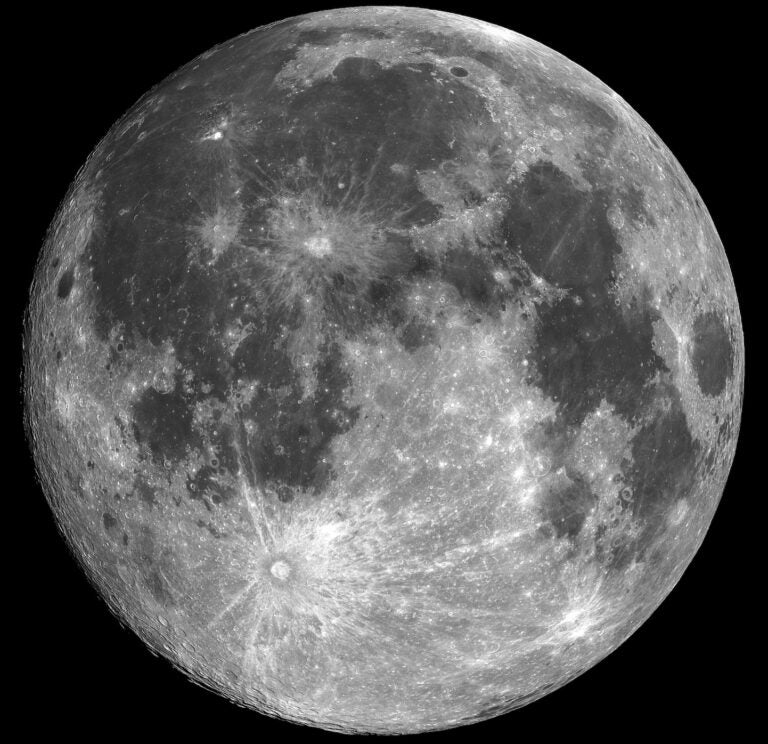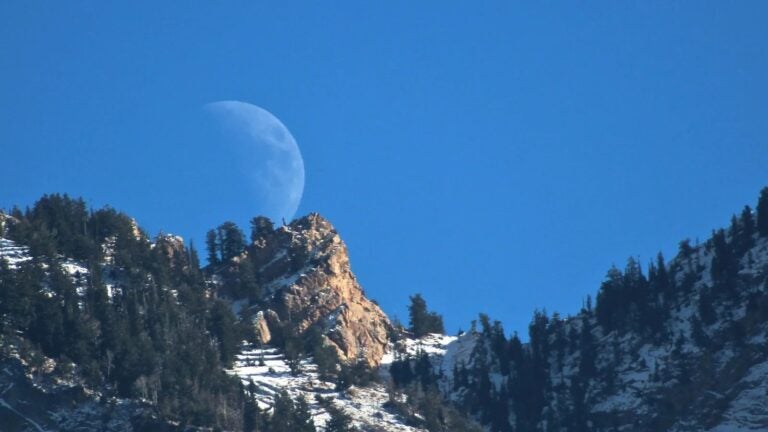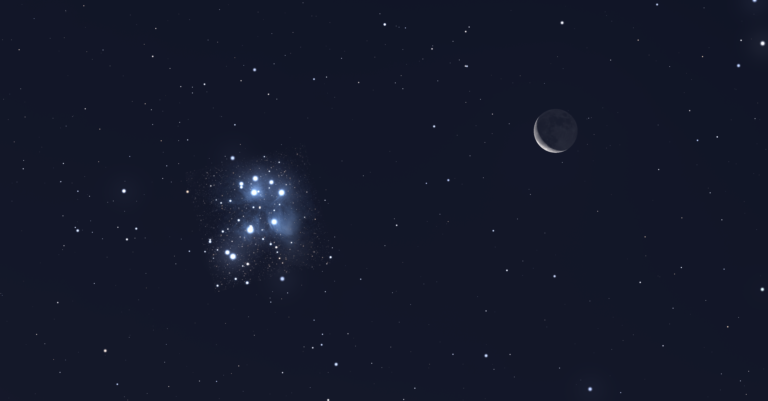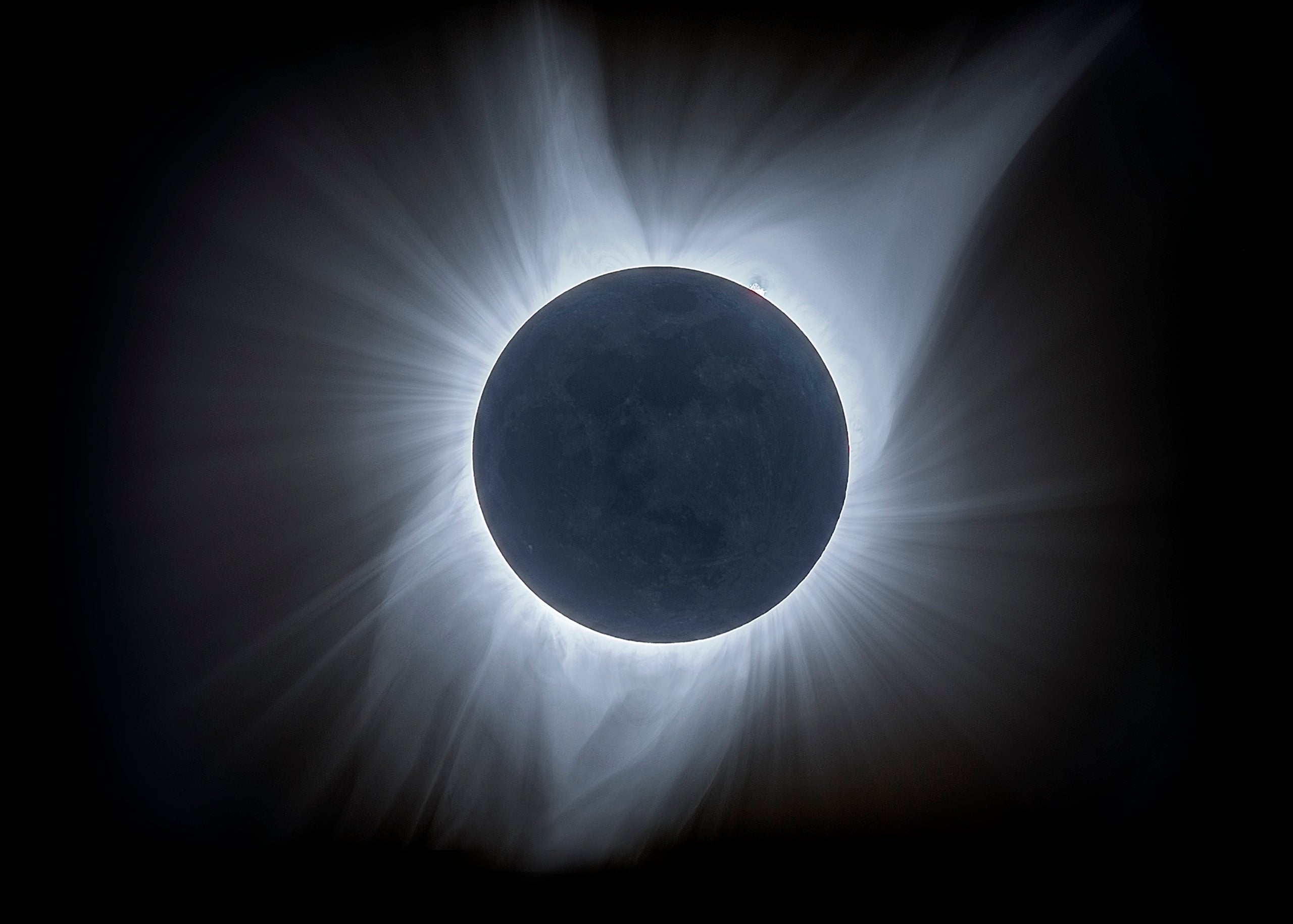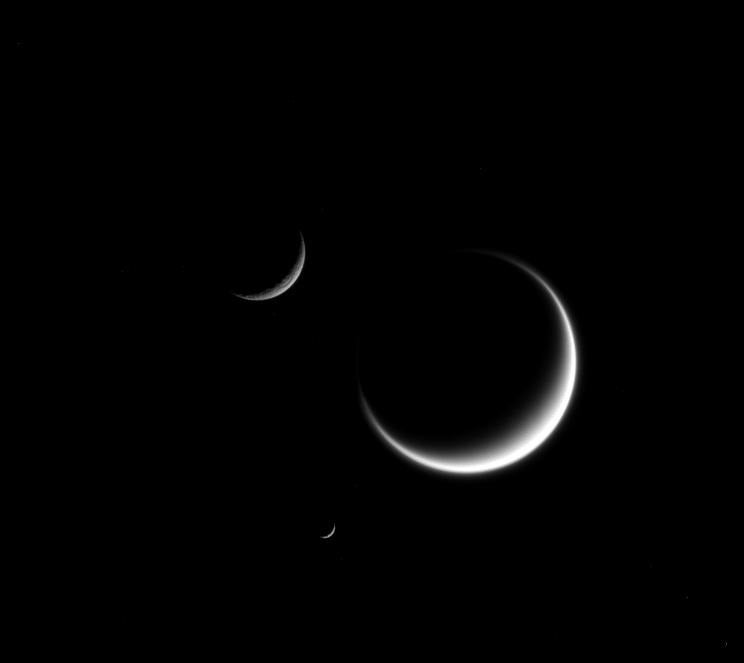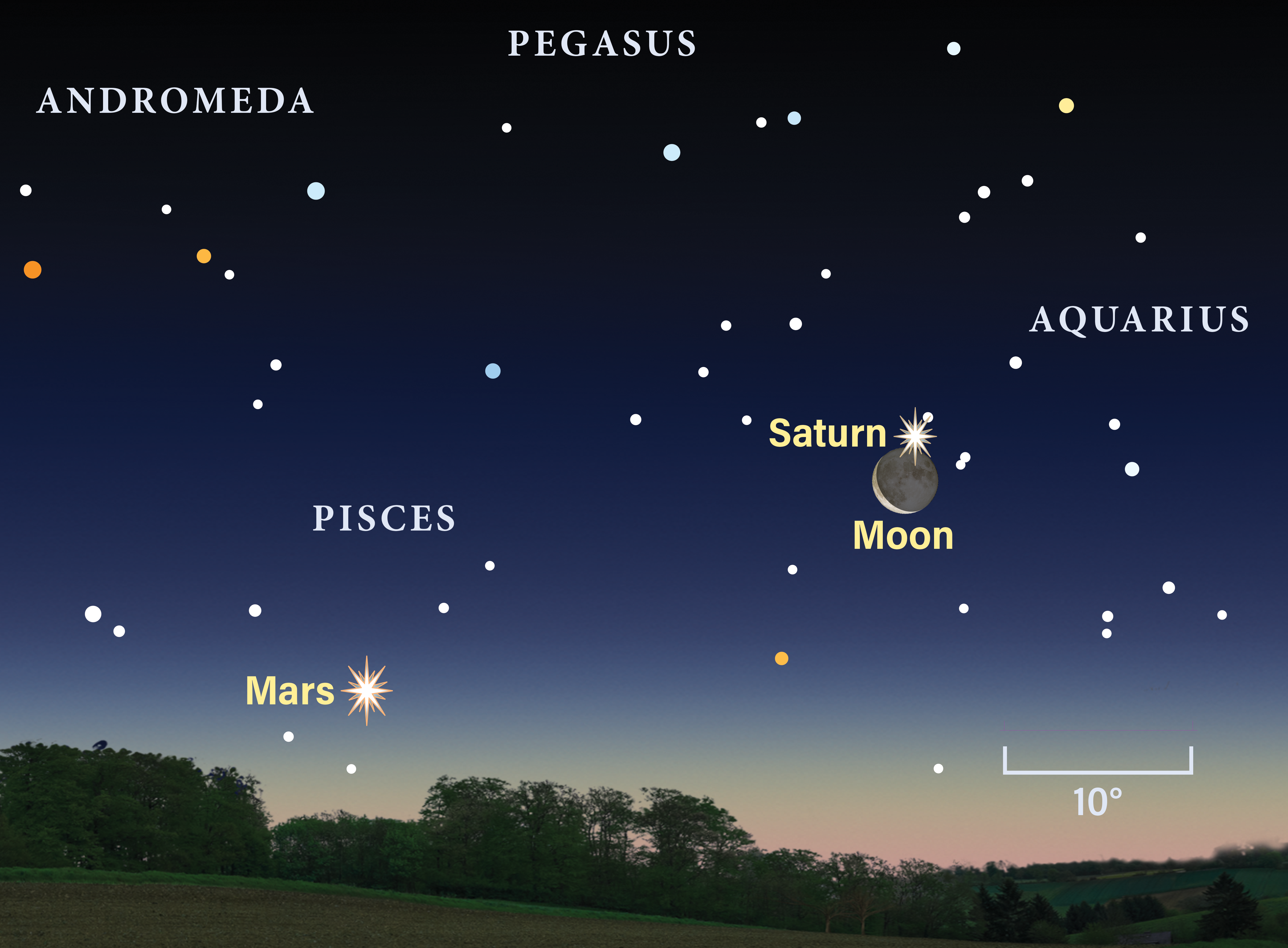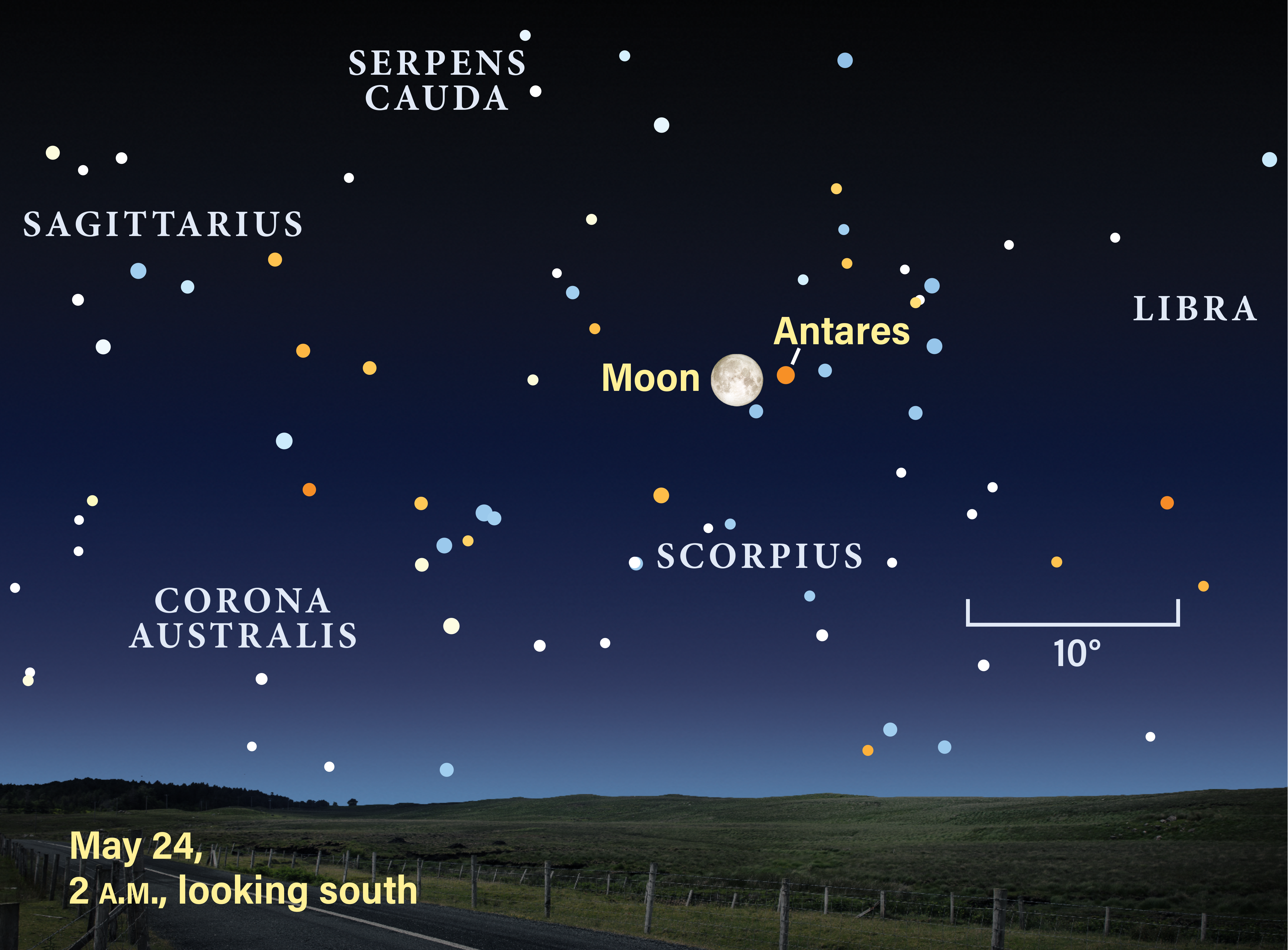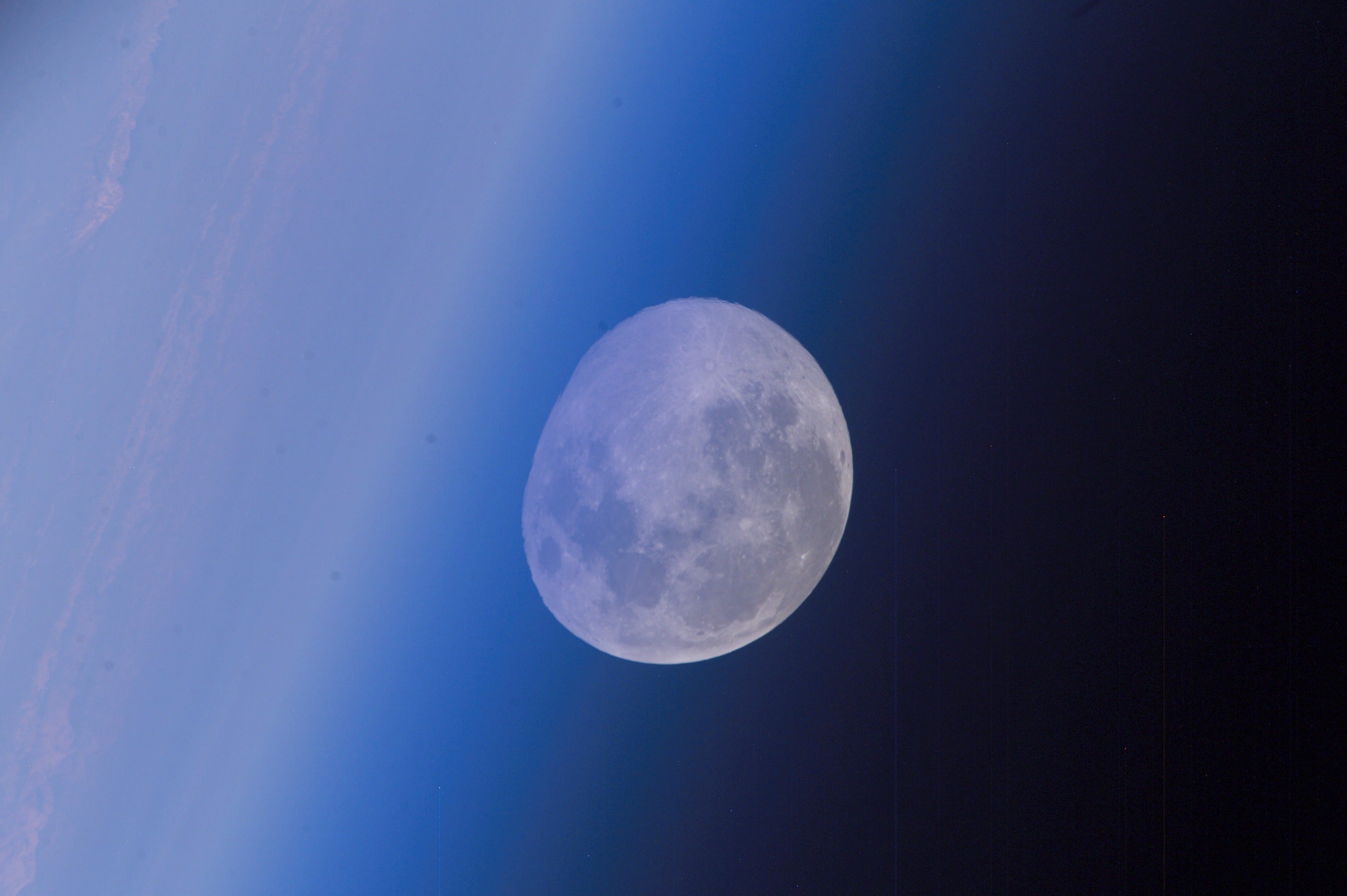
The night sky is a captivating canvas of celestial wonders, with the Moon serving as one of its most enchanting features. Luna’s gentle glow has inspired poets, guided sailors, and piqued the curiosity of humanity for countless generations. And as our closest celestial neighbor, the Moon also holds secrets that can help us better understand our own planet and solar system.
So, let’s learn more about our familiar yet alien Moon, exploring its size, composition, distance from Earth, and the reason behind its ever-changing phases.
How big is the Moon?
The Moon is Earth’s only permanent natural satellite, and it’s the fifth-largest satellite in our solar system. The Moon’s diameter is approximately 2,160 miles (3,475 kilometers), or about the distance via airplane from New York City to Las Vegas. That makes the Moon roughly one-fourth the width of Earth, which itself has a diameter of some 7,920 miles (12,750 km).
Despite its modest size compared to Earth, the Moon is still quite expansive, boasting a surface area that could easily contain all of North and South America combined.
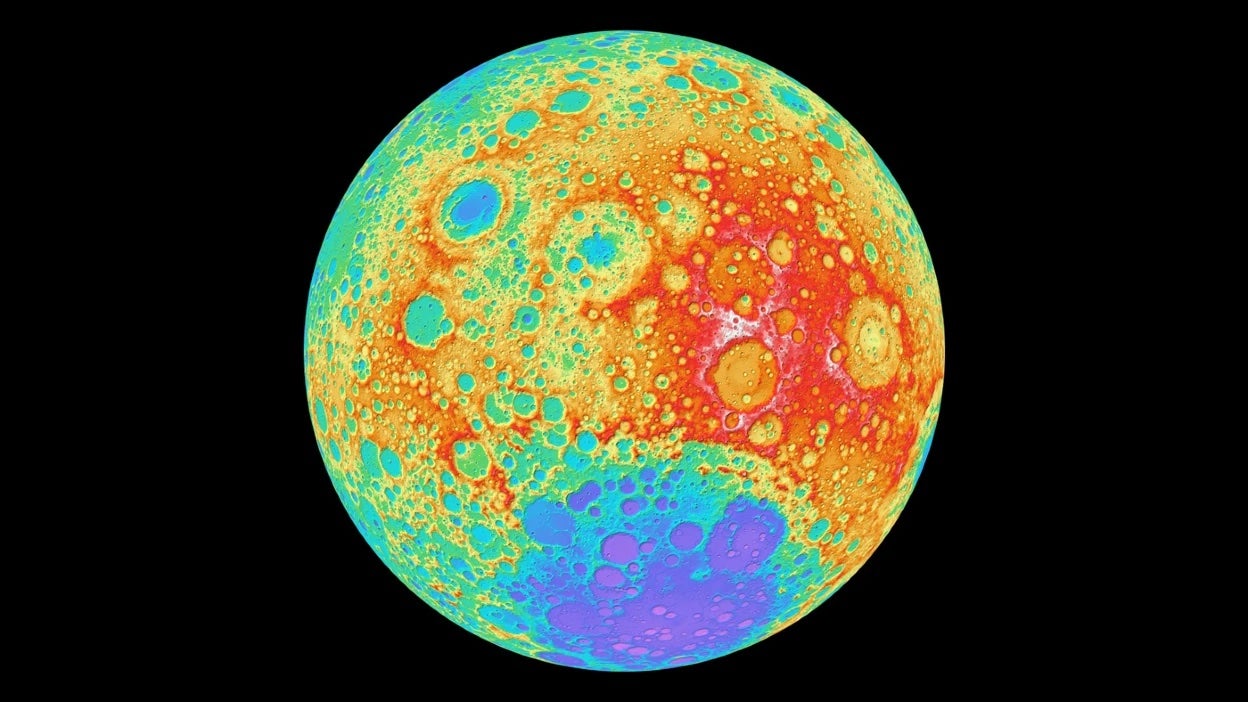
What is the Moon made of?
The Moon’s outer layer is a thin, rocky crust made up of oxygen, silicon, magnesium, iron, calcium, aluminum, and trace elements like potassium, titanium, and uranium. Beneath the lunar surface lies the Moon’s mantle, which is made up of minerals like olivine and pyroxene. The Moon’s core, which is much smaller and less dense than Earth’s core, consists primarily of iron. However, the Moon lacks a global magnetic field, which suggests that its core is solid instead of molten like Earth’s.
The lunar surface largely consists of rocky terrain punctuated by dark, flat plains known as maria, which are ancient asteroid impact basins that filled with molten rock when the Moon’s interior burst through its crust, cooled, and solidified a few billion years ago. While the maria are dark and smooth, the Moon’s older highlands are lighter in color and marked by particularly rugged terrain, which is the result of countless impacts over time. The entire lunar surface is also covered with a layer of fine, charcoal-colored dust called regolith, which formed through billions of years of sustained meteorite and micrometeorite impacts.
Over the years, scientists have even discovered traces of water ice on the Moon, especially at the bottom of permanently shadowed craters at its south pole. In fact, the existence of water ice at this location is a large reason why NASA seeks to send astronauts to Luna’s south pole during the upcoming Artemis missions. Because, after all, readily available water is going to be essential to the establishment and success of any future human settlements on the Moon.
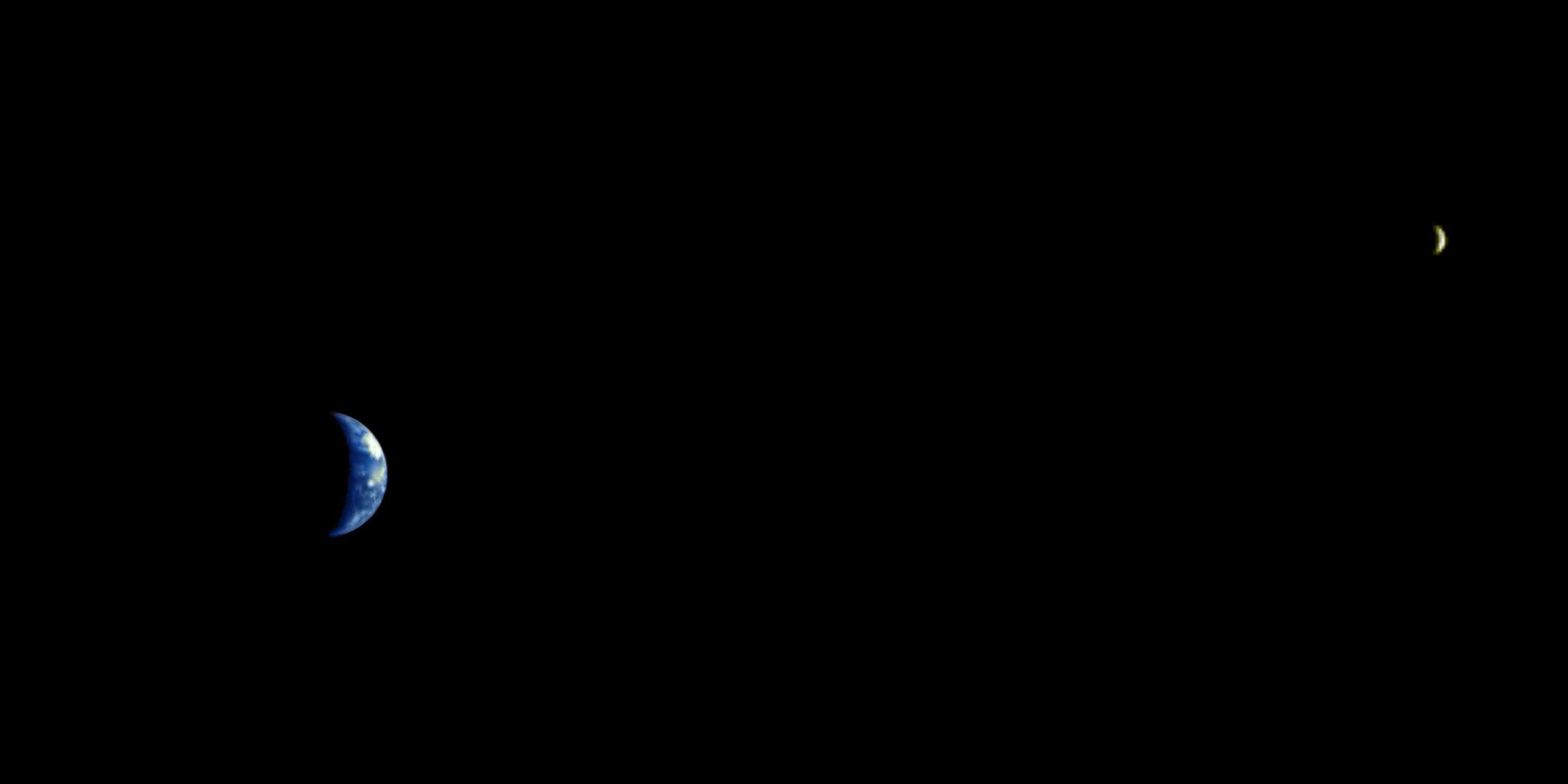
How far is the Moon from Earth?
The Moon’s average distance from Earth is about 238,900 miles (384,400 km). However, this distance is not constant, as the Moon follows an elliptical orbit around Earth. When the Moon is closest to Earth, or at perigee, the Moon is about 226,000 miles (363,000 km) away. During apogee, when the Moon reaches its farthest point from Earth, the Moon is around 252,000 miles (405,000 km) away.
The varying distance of the Moon from Earth is also why we sometimes see a supermoon. A supermoon occurs when a Full Moon coincides with the Moon being at perigee, which makes it appear slightly larger and brighter in the sky. However, though this size difference is noticeable, it is not particularly obvious: A supermoon will only appear about 7 percent larger than a regular Full Moon.
Why does the Moon have phases?
The ever-changing appearance of the Moon, known as its phases, is one of the most prominent features of our neighboring celestial body. The Moon’s phases are a result of the changing orbital geometry of the Sun, Moon, and Earth. And there are eight primary phases of the Moon, which occur in a regular cycle approximately every 29.5 days:
New Moon: The Moon is on the Sun-side of Earth, so the Earth-facing side of the Moon is not illuminated and appears dark. Solar eclipses can only occur during a New Moon.
Waxing Crescent: A small sliver of the Moon’s surface is illuminated. This sliver is gradually increasing in size as more and more of the Moon reflects sunlight toward Earth.
First Quarter: Half of the Moon’s nearside – the side that faces Earth – is now illuminated, making it resemble a pock-marked half-circle.
Waxing Gibbous: More than half of the Moon’s nearside is now illuminated, and the percentage visible keeps increasing until Full Moon.
Full Moon: The Moon is now on the opposite side of Earth than the Sun, so the entire side of the Moon facing Earth is illuminated. Lunar eclipses can only occur during a Full Moon.
Waning Gibbous: The illuminated portion of the Moon begins to decrease in size immediately following a Full Moon.
Last Quarter: Half of the Moon’s nearside is now illuminated, but it’s the opposite half compared to First Quarter.
Waning Crescent: A small sliver of the Moon’s surface is still illuminated, but it gradually continues to decrease in size until New Moon arrives.
The Moon, our nearest neighbor
The Moon has been Earth’s trusty companion for billions of years. Its size, distance from Earth, and phases have all played a role in shaping our planet’s history and daily life, and the Moon remains a source of fascination for both amateur astronomers and curious minds alike.
Studying and understanding the Moon offers valuable insights into the cosmos and our place within it. So, the next time you look up at the Moon, remember that it’s more than just meets the eye.


